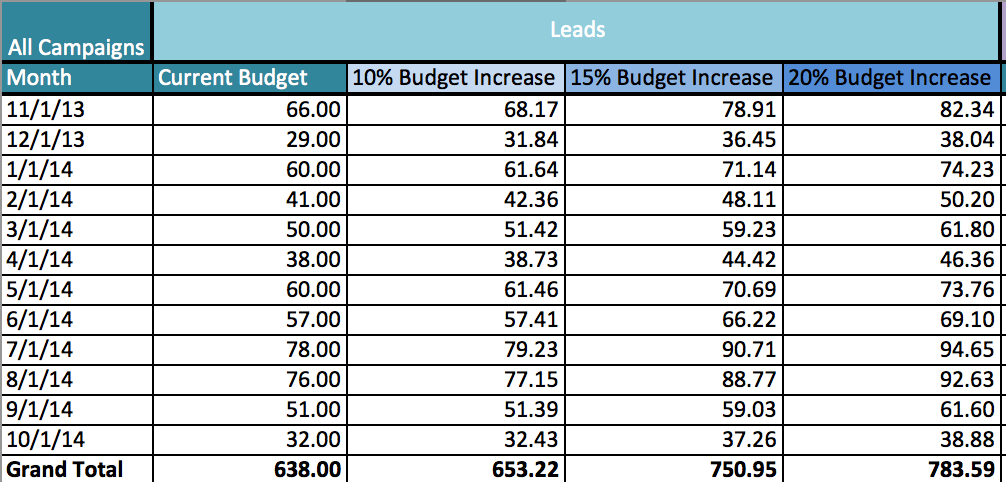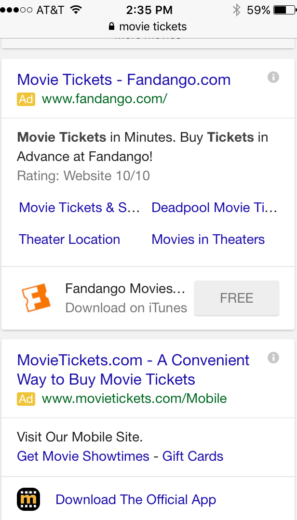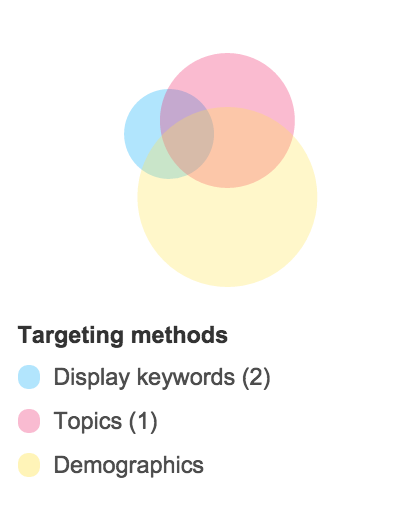Here’s the situation: a poorly managed account lands in your lap. You crack your knuckles and go to work, grabbing all of that sweet low-hanging fruit along the way. You sit back, prop your feet on your desk and watch the conversions roll in. You improve account performance. You cut CPA in half. You double your leads. All of this is fantastic, so what is the catch?
Budget. You probably have budget goals and your efficiencies have reduced your monthly spend by more than half. Yikes. While you can pat yourself on the back for running such a tight ship, what are you going to tell your client or marketing department? In turn, what are they going to tell the bean counters counting those beans in their high towers when planning future budgets? If you don’t use it, you often lose it.
Fear not. You can have your PPC cake and eat it too.
Review Campaign Settings
Start by looking at your campaign settings. Before you started working your magic on the account, there is a good chance that the campaign settings were optimized for the poorly performing account. Now that things are smooth sailing, make sure the settings still make sense for the performance.
Delivery Method
If budget was being used inefficiently before, there is a good chance that the ads were set to “Standard,” which optimized the delivery of the ads, spending budget evenly throughout the day. With performance on the up and up, set the delivery to “Accelerated,” allowing Google to show your ads more quickly.
The downside would be your budget might run out early. Which brings me to my next point.
Budgets
If a campaign is limited by budget and performing well, it only makes sense to give it more budget. Review your budgets for each campaign and do some simple calculations to see if increasing budgets will have the desired results on performance.
Ad Schedule
Are certain days and times turned off? Are negative bid modifiers in place? Look at data from the past year and pinpoint when these settings were enabled. Were these settings in place because of poor performance or are there other reasons the account isn’t running certain days or times? If it is because of poor performance in the past, it might be worth slowly opening up the ad schedule to see if the good performance will extend into these previously poor-performing times.
Locations
Start digging into performance based on location. It could be you find one state/region/country that is outperforming the rest. Why not give this area its own budget? Create duplicate campaigns for these top-performing areas. Just make sure to add those location targets as negative locations in the originating campaigns. Now these campaigns have more room to grow and you can optimize ad copy to reflect the specific location.
Review Mobile Performance
Last week, Brad Geddes addressed mobile performance, noting that data from Bing shows mobile preferred ads get double the click-through rate compared to other ads on mobile devices. Two times more! If your account’s website is optimized for mobile, there is no reason why you shouldn’t be writing mobile preferred ad copy. If the site isn’t optimized for mobile, but mobile performance is still good, again, you need to be writing mobile preferred ads.
In the above example, the second ad makes use of the display URL to let the user know the site is mobile friendly.
Display
Do you have a new idea you want to test? Now is the time to do it. With wiggle room in both budget and performance, you can afford to take more risks. The Display Network is a great place to start.
Try layering different targeting. Bid up on placements you know do well. Separate your ad groups by image size. Play around with demographic targeting. Get creative with a new remarketing strategy. While the click traffic isn’t going to be what it is with Search, you still might end up uncovering great performers that in turn drive search performance.
Other Channels
Everything I’ve talked about so far has been about Google and Bing, the alpha dogs of PPC. If you have driven budget while maintaining effective performance in these search platforms, now is the time to expand into other platforms if you haven’t done so already. These platforms include:
- Programmatic
If you have the money to spend, there is a platform out there ready and willing to take it and make it worth your investment. Do your research and find where it makes sense to branch out into other PPC facets.
Money
All of this may sound quite greedy—if you are saving the account money then that should be praised as a good thing, right? And if you can get the job done cheaper than expected, then what’s the problem? Keep in mind the overall goals of the client or brand. PPC is probably not the only marketing channel, but it might very well be the channel with the biggest return. So fight for it and prove its worth. Go get that money.







